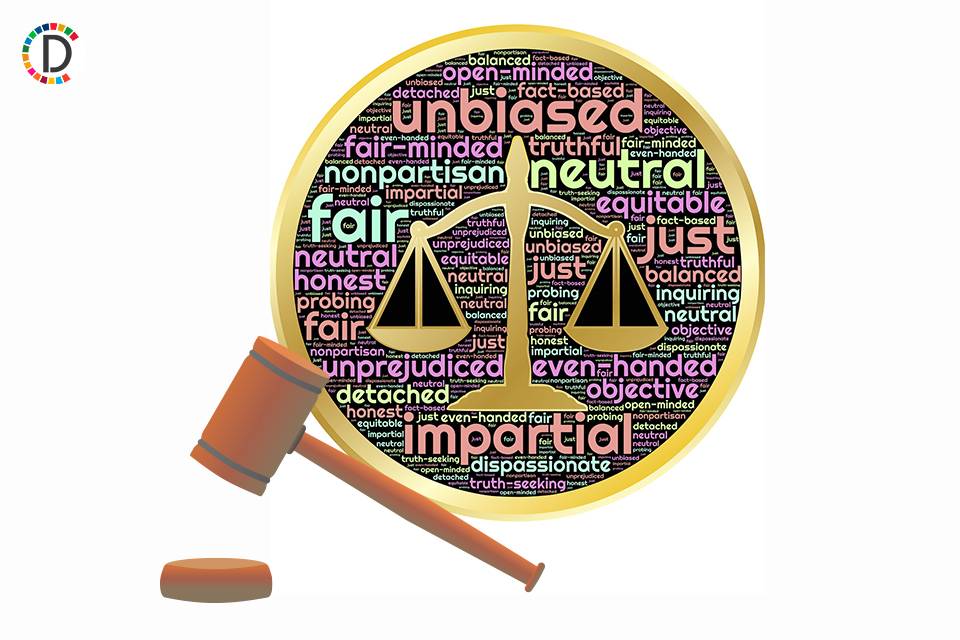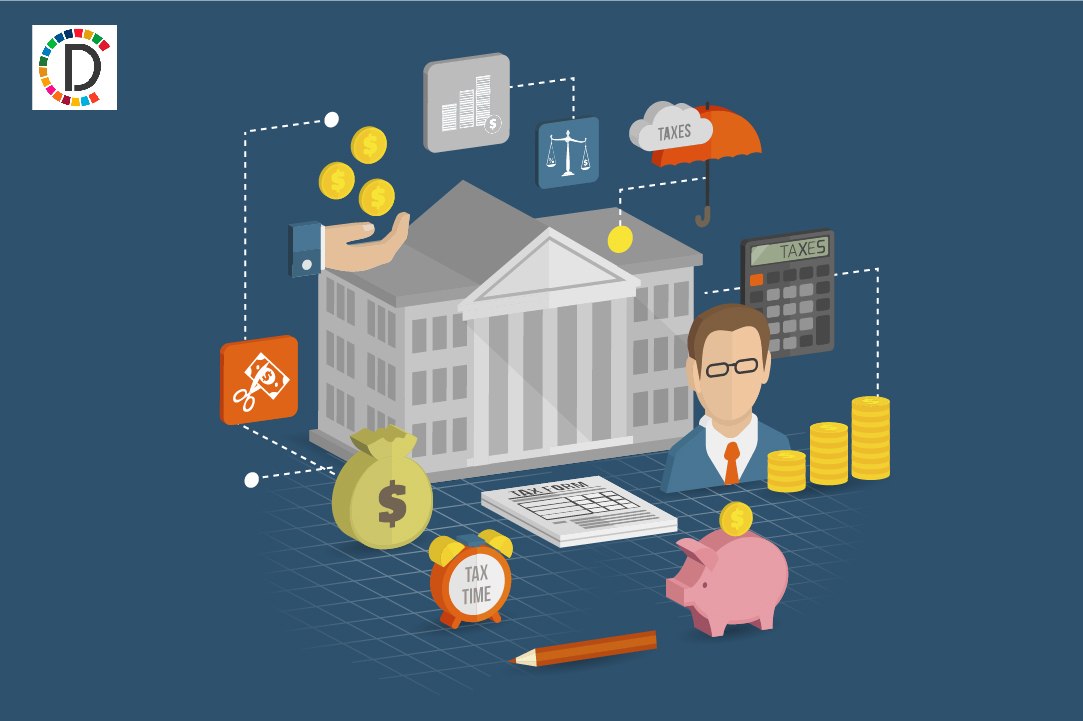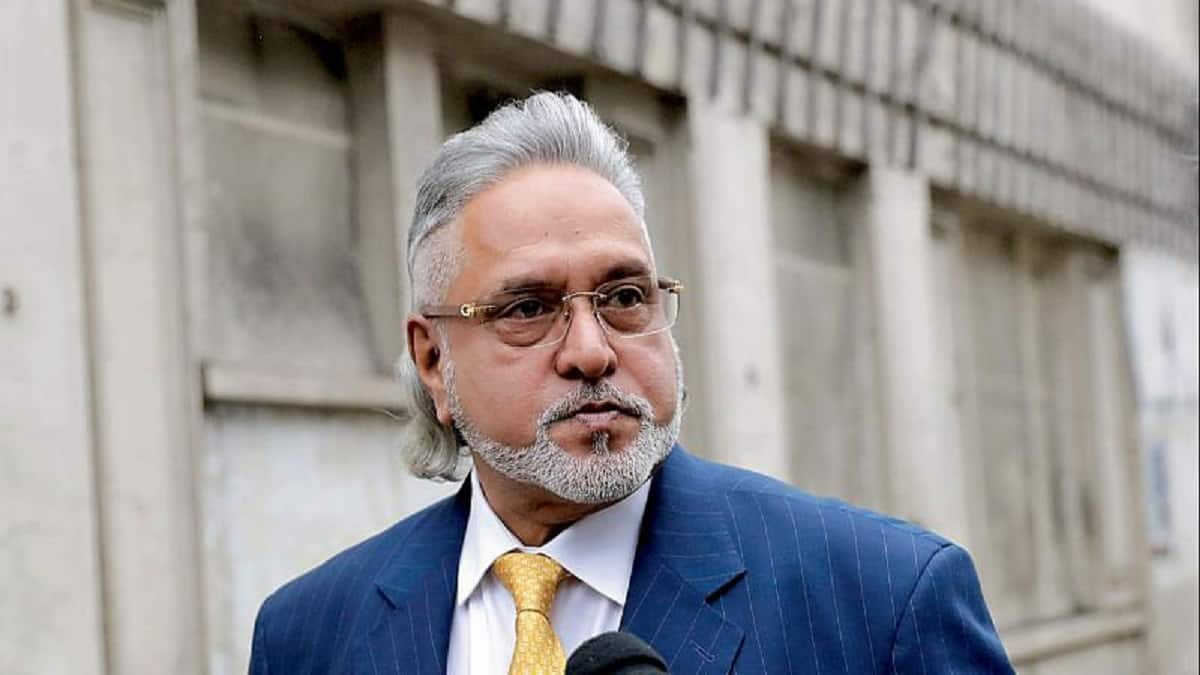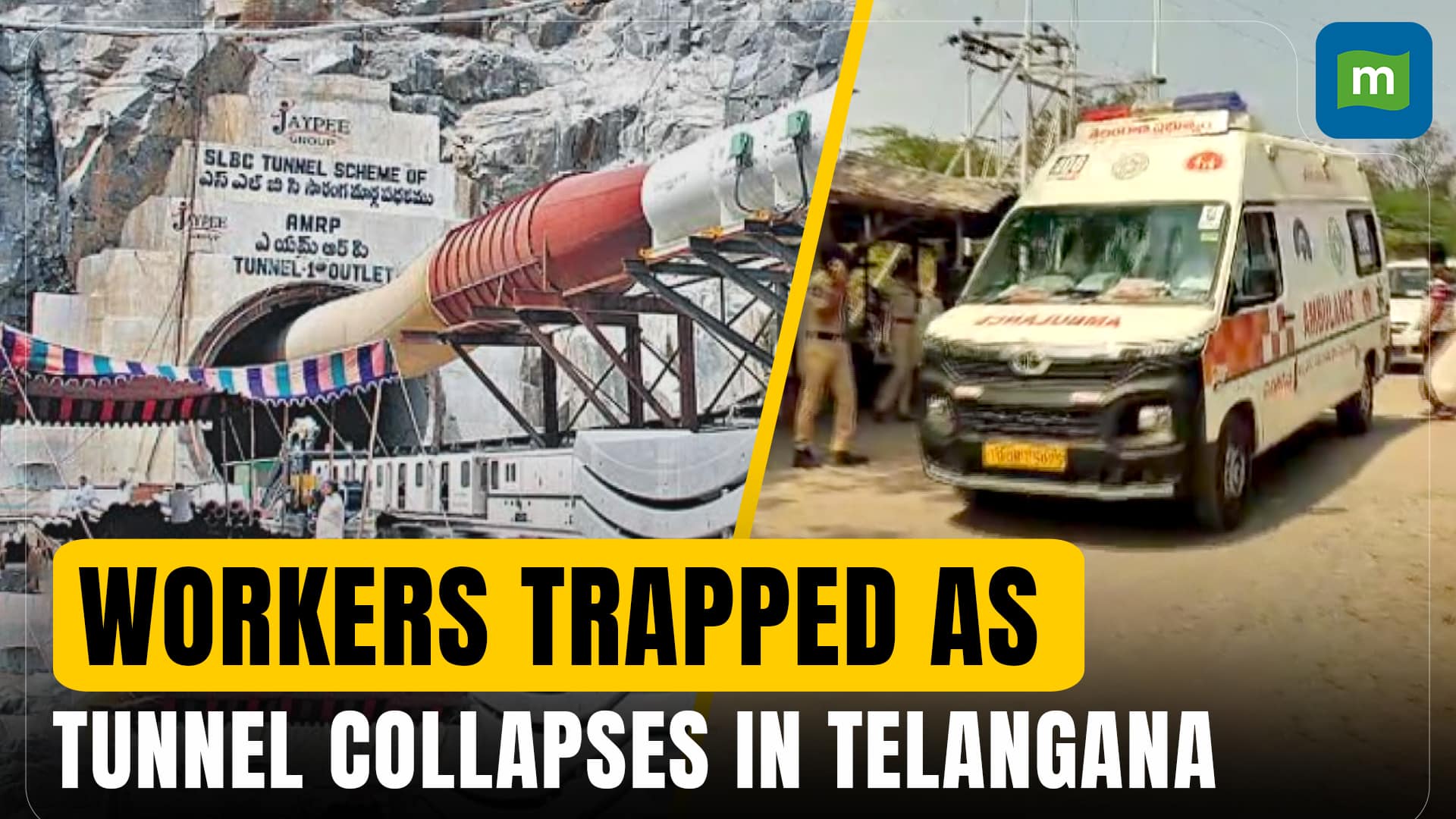
With consumers increasingly seeking convenience, transparency, and personalised experiences, D2C brands have emerged as a dynamic force in shaping the future of ecommerce. The industry is experiencing a remarkable Compound Annual Growth Rate (CAGR) of 40% in India since 2022. It was expected that D2C would become an industry worth $60 Bn by 2027.
However, the sector has already crossed that threshold and has become an industry worth $80 Bn in 2024; in 2025, it is expected to surpass the $100 Bn mark. This growth of D2C in India is fueled by a combination of factors, including evolving consumer preferences, a burgeoning ecommerce ecosystem, and increasing digital penetration in the country. Direct-To-Consumer (D2C) Vs Traditional RetailThe primary distinction between D2C and traditional retail is how they create customer journeys.

While D2C brands directly connect with their consumers through social media platforms and emails, their traditional counterparts use both online and in-store offline interactions.This new-age business model of D2C brands allows them to maintain complete control over marketing strategies, customer interactions, and order fulfillment processes, resulting in a more streamlined and efficient operation. They also have the option to expand their reach further by tapping into the large consumer pool of ecommerce platforms through brand partnerships.
This approach allows them to select platforms with the lowest Customer Acquisition Cost (CAC) and the highest Return on Advertising Spend (ROAS). ROAS of some platforms can go as high as INR 50, while their CAC could be as low as INR 30. As a result, they can deliver a better return on investment than Google and Meta.
Also, consumer data collected through shopping platforms enables companies to provide customised marketing, unlike their traditional counterparts, where the data is fragmented and controlled by intermediaries.Furthermore, a shorter supply chain in the D2C model minimises disruptions compared to the complex processes of traditional retail, thus fostering stronger customer connections and swiftly adapting to market demands.Factors Fueling The Growth Of D2C Brands In IndiaThe D2C landscape in India is being shaped by a convergence of several factors, which are as follows:Affiliate Marketing Reducing CAC Cost Affiliate marketing has made a substantial contribution to the rapid growth of D2C brands in India by reducing the CAC cost.
This model has enabled businesses to reach out to niche audiences through partnerships with influencers and content creators, directly or through third-party firms, driving targeted traffic without incurring large upfront investments.This performance-based model ensures that brands only pay for sales, which optimises marketing expenses and increases return on investment. Since this strategy is directly linked to actual sales, brands can easily assess its effectiveness, thus allowing them to refine it, if required, to maximise their revenue.
Due to its real-time tracking and analytics feature, affiliate marketing has emerged as an efficient and scalable solution for expanding the reach and building long-term customer loyalty, resulting in the growth of D2C businesses.Increased Internet Penetration Expanding Consumer BaseAdvancements in communication technology have been a vital factor driving the growth of the ecommerce sector in India. Wireless cellular technology, like 4G and 5G, facilitates internet access in rural and remote areas of the country.
The percentage of the population having access to the internet has increased to 52% in 2024. Increasing internet penetration has made shopping more convenient than it was ever before. Nowadays, one can purchase almost every product, be it personal care products, groceries, or electronics, from the comfort of their home.
As a result, the number of online shoppers has rapidly increased. In the past three years alone, the country gained nearly 125 Mn new online shoppers, and 80 Mn more are expected to join this year. Social Media Platforms Facilitating Seamless Consumer JourneysAccess to the internet has also facilitated the growth of social media platforms like Instagram and YouTube.
In 2024, Instagram’s user base increased to 392.5 Mn, while YouTube’s user base touched the 476 Mn mark. This ever-expanding subscriber base has made these platforms a powerful marketing tool for D2C brands.
Through targeted advertising and influencer partnerships on social media, brands can engage directly with their customers, creating seamless journeys.With its ability to target specific audiences, social media has changed D2C marketing, allowing businesses to reach their ideal audience based on age, location, and preference. This targeted approach ensures that marketing efforts are focused on those who are most likely to become loyal customers, resulting in a higher return on investment.
Technology Enabling PersonalisationThe tech-savvy customer base in India also demands personalised services. As per the Voice of the Consumer Survey 2024, 65% of consumers prefer customised experiences using their data. Understanding individuals’ needs, purchasing patterns, and preferred brands is crucial in providing personalised service to each individual.
This would have become challenging, considering the increasing D2C consumer base in the country. However, cutting-edge technology tools like AI and data analytics have made it easier for brands to maintain the profile of each of their customers, containing all their purchase history and search patterns.Algorithmic systems then enable brands to tailor their offerings to meet specific customer needs and provide customised marketing, further enhancing the customer experience.
Lucrative Discounts, Cashback Offers Maximising SavingsInstant rewards have emerged as an effective way for brands to attract customers. Discount coupons and cashback play a vital role in influencing the consumer’s decision in favor of a particular brand or platform.Nearly all shoppers compare the price of the products and available discounts across different platforms and then select the best deals for them.
When consumers want to save money while spending it, these discounts, cashback coupons, and promo codes help maximise savings. However, the benefits of these price cuts are not restricted to monetary savings alone. These offers also enhance customer satisfaction and loyalty, creating a sense of excitement and fulfillment.
Additionally, providing value-driven incentives boosts brand engagement, encourages repeat purchases, and builds long-term consumer relationships.In a competitive market, such promotional strategies create a win-win situation for both businesses and shoppers seeking the best deals.Policy Support Creating Enabling Environment Policy support from the government has also played a crucial role in driving the growth of the D2C sector in India.
Initiatives like Digital India, Vocal for Local, and Government e-marketplace (GEM) have facilitated seamless digital transactions, enhanced online retail infrastructure, and created new demand for locally made products.Permitting 100% FDI through the automatic route for single-brand retail and ecommerce has further strengthened the industry by attracting global investments.Removing investment caps also encourages international players to expand their presence in India, fostering innovation and competition.
These policy measures, combined with a rapidly growing digital ecosystem and increasing consumer preference for online shopping, are propelling the D2C market, making India a hub for emerging brands and entrepreneurs.Challenges Before D2C BusinessesMassive growth potential, a large consumer base, and an enabling environment also increase competition in this sector. As of 2024, nearly 800 direct-to-consumer brands were operating in the Indian market.
As competition intensifies with the entry of new players, businesses have to find new ways to retain clients, as acquiring new customers through brand awareness requires significant investment. Brands can also attract new customers by optimising their advertising strategy and enhancing customer experience.Cutting down shipping time has become one key strategy to enhance the shopping experience and create a loyal customer base.
However, as most companies have drastically reduced their delivery time, consumers are now demanding same-day order fulfillment.Meeting these expectations becomes challenging as the company’s stock level must be balanced to meet consumer demand.Way ForwardTechnology adoption is the solution for most D2C businesses’ concerns.
AI, data analytics, and robotics are streamlining supply chain processes, allowing them to maintain the optimum stock level and predict fluctuations in demand. Based on these predictions, businesses can make early preparations to meet the expectations of their customers during the peak season, allowing them to stay ahead in the competition. Tier II and tier III cities will be the new avenues of growth for brands engaged in the D2C sector.
With increasing internet penetration and growing digital literacy, these cities are emerging as the next growth hubs. Consumers in these regions are becoming more brand-conscious and actively seeking quality products, creating new demand for online shopping. Therefore, the future of D2C businesses lies in these peripheral cities.
ConclusionThe D2C market in India is poised for remarkable growth as it adapts to changing consumer preferences and technological advancements. While challenges exist, the potential for expansion into untapped markets presents exciting opportunities for brands willing to innovate. As consumer habits continue to evolve towards direct engagement with brands, the future of the D2C sector looks promising.
With strategic investments in technology and logistics, D2C brands can thrive in this dynamic landscape, shaping the future of retail in India.The post India’s $100 Bn D2C Gold Rush And The Forces Driving It appeared first on Inc42 Media..















